
Raven; Grand Canyon National Park, by William Wise
In the introduction to this new series, Birds of the Bible II – Introduction, several questions were asked. Did you check those questions out?
What were the names of first bird species listed in the Bible? (Genesis 8:7, 8)
If you checked these verses, you know that they were the Raven and the Dove. The Raven was released from the Ark first. It flew back and forth until the waters were abated or dried up. It does not say that Noah brought it back into the Ark. My imagination is that it landed on the ark but stayed outside.
While looking through several of the books I showed you in the first post, some interesting facts come to light:
The Raven’s feeding habits:
- They are resourceful
- They like plants and seeds
- They eat carrion
If you imagine the total destruction that the worldwide flood caused, there would still be some things floating on the surface of the water. As the waters receded, the Raven would eventually not need to return to Noah or the Ark.
From All About Birds:
“Common Ravens will eat almost anything they can get hold of. They eat carrion; small animals from the size of mice and baby tortoises up to adult Rock Pigeons and nestling Great Blue Herons; eggs; grasshoppers, beetles, scorpions, and other arthropods; fish; wolf and sled-dog dung; grains, buds, and berries; pet food; and many types of human food including unattended picnic items and garbage.”
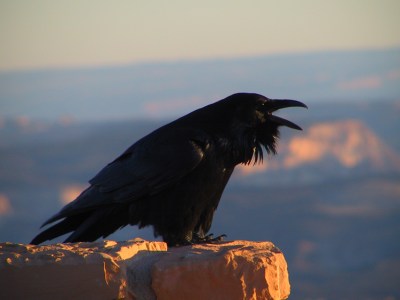
Northern Raven (Corvus corax) ©CreationWikiC
An interesting thought. Since all the fowls or birds were in pairs of seven, when did its mate finally join the first one?
Ravens are in the Corvidae Family and here are some of the articles about them:
Birds of the Bible – Ravens (Main page)
There are many links to the articles, facts, and photos about the Raven from previous post. Also, by typing in the Search,,, box on the right side of the page, you will find many more posts about Ravens.
LIKE:
Raven
April Lorier’s Article about the Ravens
Crows and Other Corvids are Really Smart Birds!
Ravin about Corvid Hybrids: Something to Crow About! by JJSJ
Diet of Jackdaws and Ravens by JJSJ
Scripture Alphabet of Animals: The Raven
And many others
What were the names of first bird species listed in the Bible? (Genesis 8:7, 8)
Okay, you now know that the Raven was listed first. What was the second bird listed?
Stay tuned!
What is the Gospel?










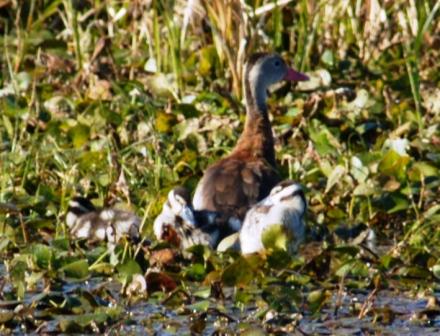











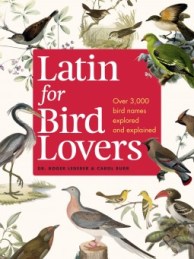
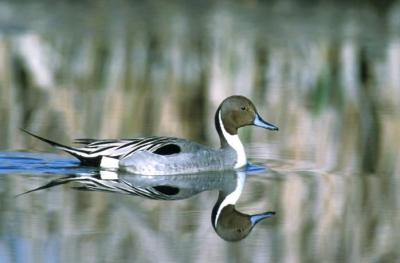

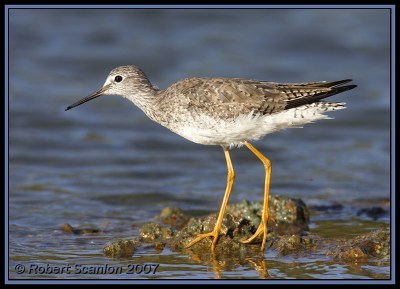



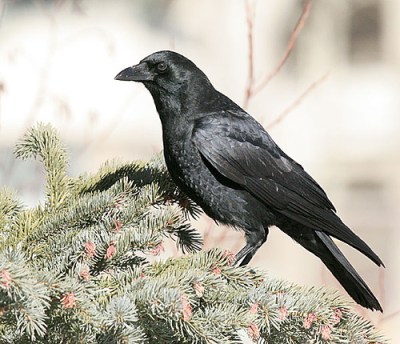




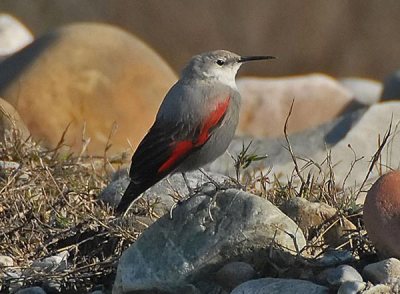

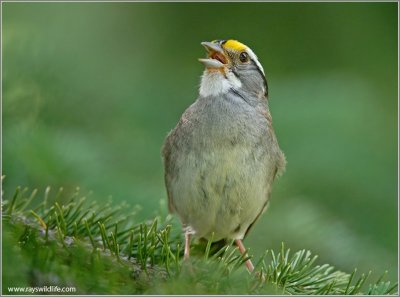





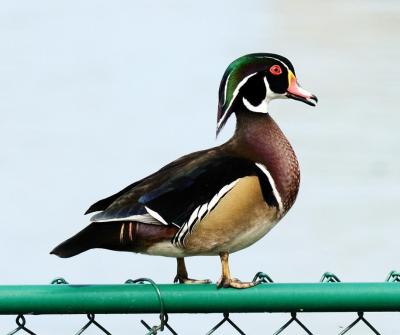


Drop a comment and help decide which to use. For today’s article, I stuck with “Looking Back.”
To begin this series, I found all the post that looked back over the Anniversaries of Lee’s Birdwatching Adventures Plus. If you scan through them, you will discover why it was started and how the Lord has been blessing it over the years. As different writers began adding articles, photographers gave permission to use their photos, and linked their websites, the blog has continued to grow.